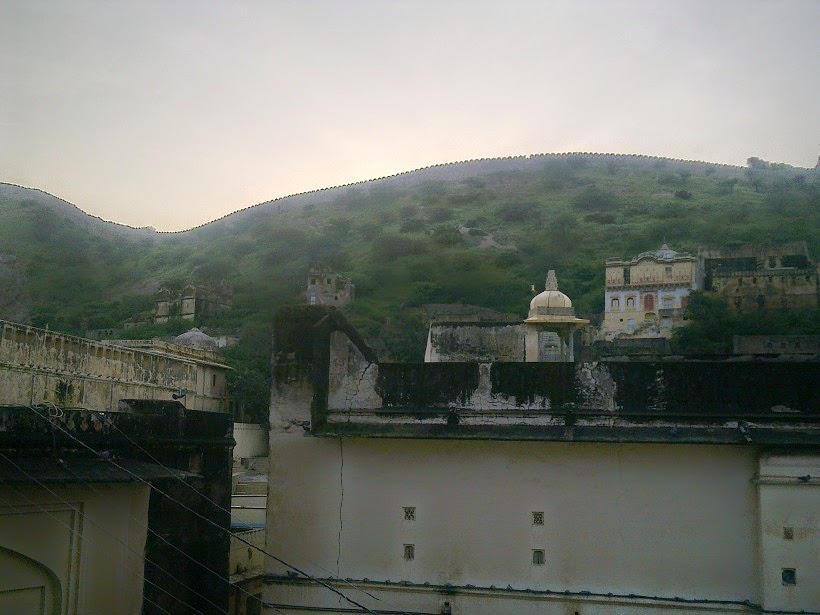Travelling to Jaipur from Agra is quite easy, you have many options available. There are as many as eight to ten train services between Agra and Jaipur. The intercity trains are most comfortable and time saving. The trains connecting Agra and Jaipur depart from either Agra Fort or Agra Cant. station. The easiest way to book a journey ticket for the Indian Railways is via internet, the most authentic portal for Online booking is -http://irctc.co.in
The two cities are well connected by road too. You can take a bus if you want to opt for an economical journey, otherwise hire a cab for comfort and convenience. The driving distance is approx. 250 Km, its four and half hour drive.
 |
| Agra Fort Railway Station |
I traveled by Shatabdi Express. The train has nice and spacious seats and there are huge glass windows which enable clear view of the outside which adds to the glamour of the train.
 |
| Shatabdi Express A/C Chair Car |
The journey to Jaipur by Shatabdi Express starts from Agra Fort. I took Shatabdi Express, the inter city sperfast train from Agra Fort Railway station. The train leaves Agra Fort at 6:00 PM, (IST) and reaches Jaipur 10:20 Pm. There is no Shatabdi Express service on Thursdays.
Traveling from Agra to Jaipur, by train, is a beautiful experience. Depending upon the season, you can see lots of agricultural activity along the rail line. Because of the paucity of rains, at times, the belt which lies between Agra and Jaipur, is not very green but is doted with shrubs and thorny trees. In the picture below you can see the window of the train and the view outside it.
 |
| Window view from Shatabdi Express |














































